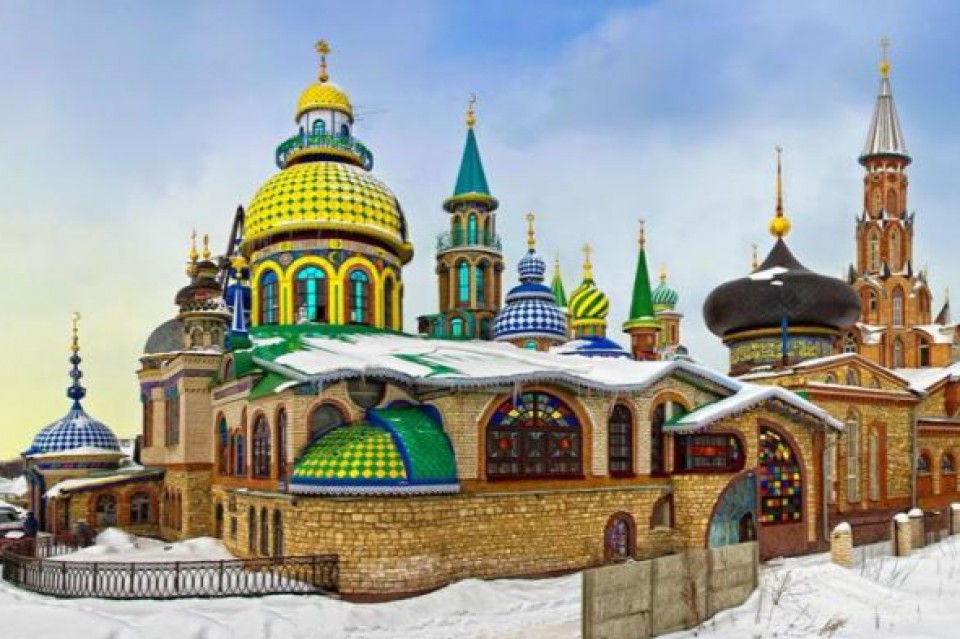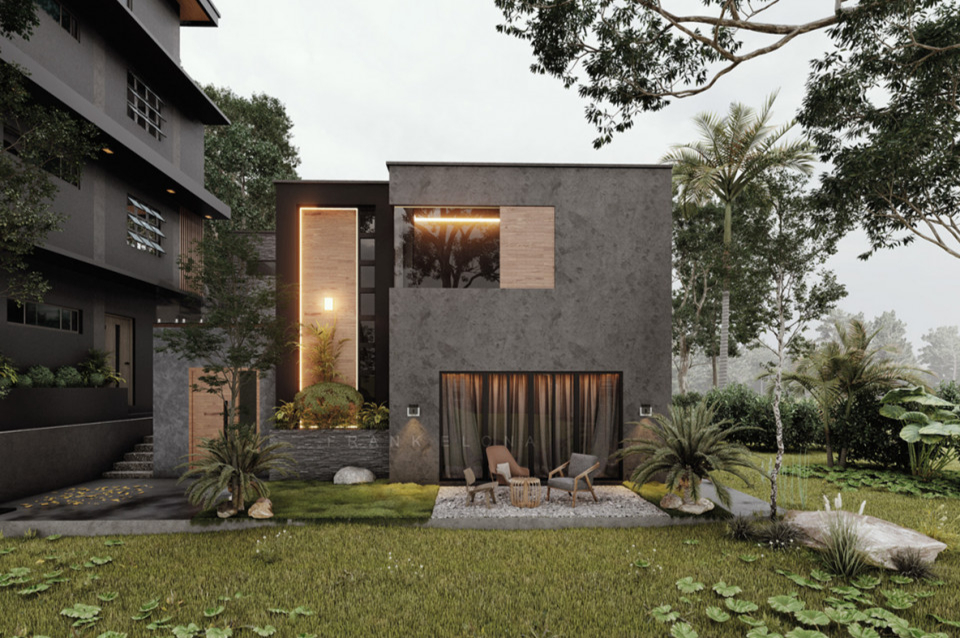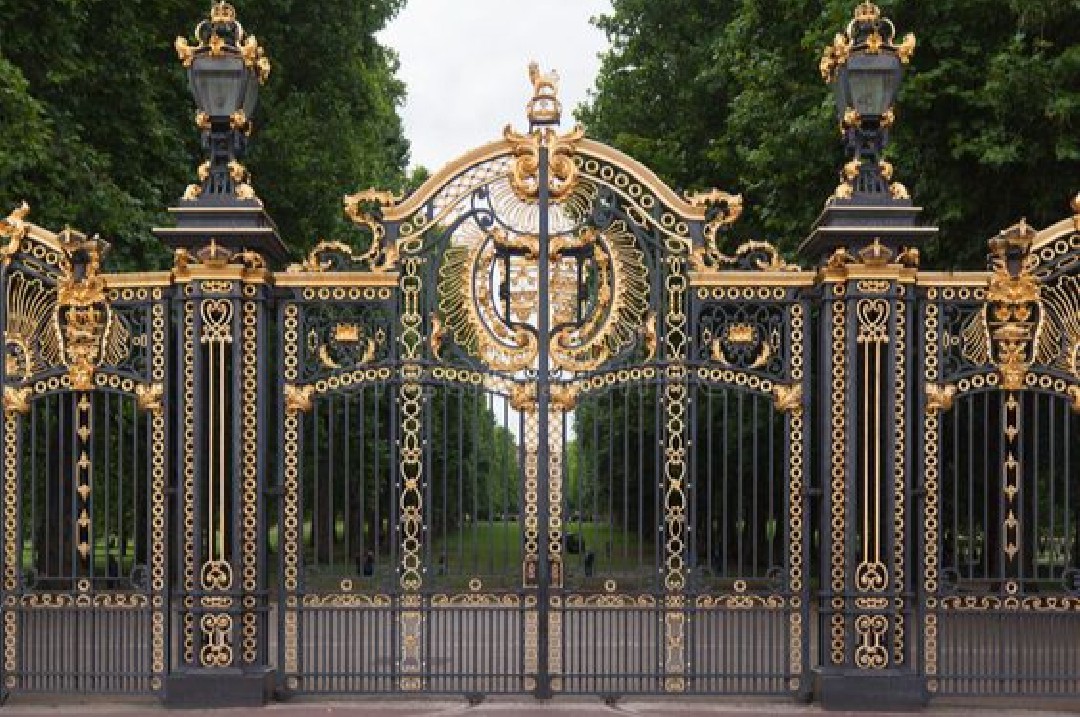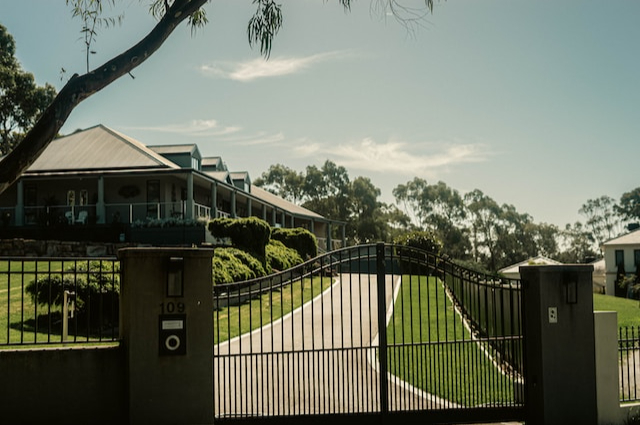CLADDING: ARTISTIC BUILDING EXTERIOR MATERIAL

Perhaps some of you have heard the term cladding but many may not fully understand what cladding actually is. Cladding is the exterior structure of a building installed on the outer walls as finishing. This cladding functions as a framework that supports the main exterior structure of the building. Cladding is said to have a dual function: as one of the elements that enhances the aesthetic appearance of the building and as protection to prevent the building from easily getting dirty or polluted from the outside, which could lead to damage to the exterior structure of the building. Although cladding is not 100 percent resistant to wind or water, at the very least, cladding is essential in enhancing the exterior style of a building.
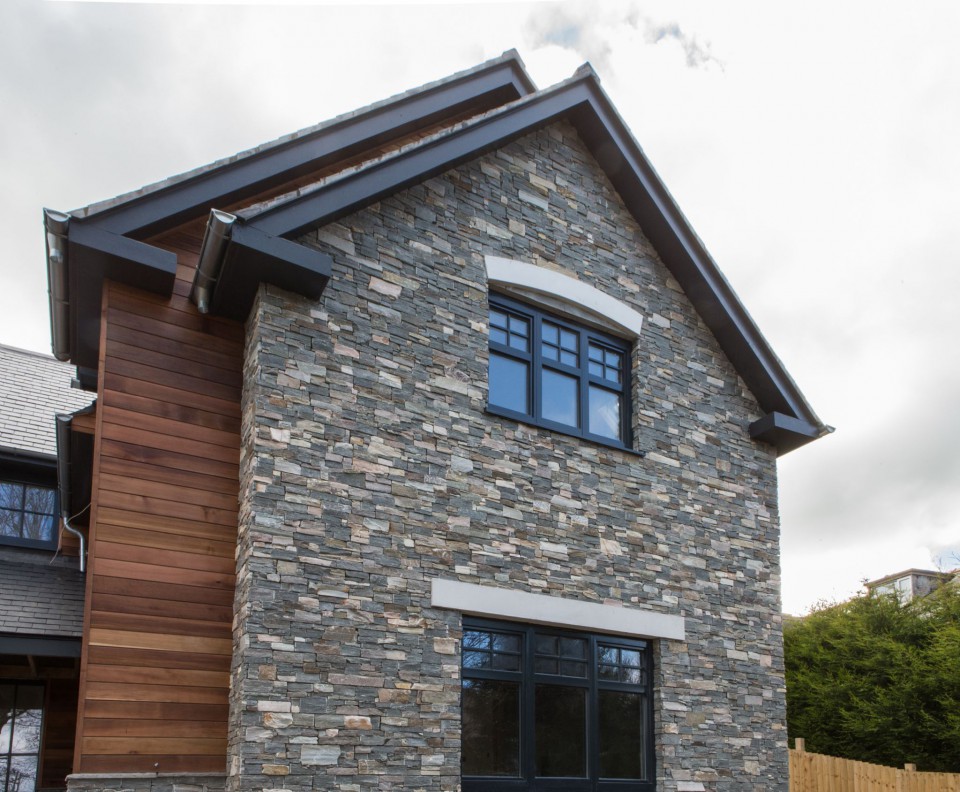
Copyright by Pinterest.com
Certainly, various types of cladding are gaining popularity. Cladding is considered necessary to be installed on the exterior of a house, especially for houses located in areas with high levels of pollution. So, what are the most commonly chosen types of cladding today? Below, we will describe some of the most common types of cladding encountered.
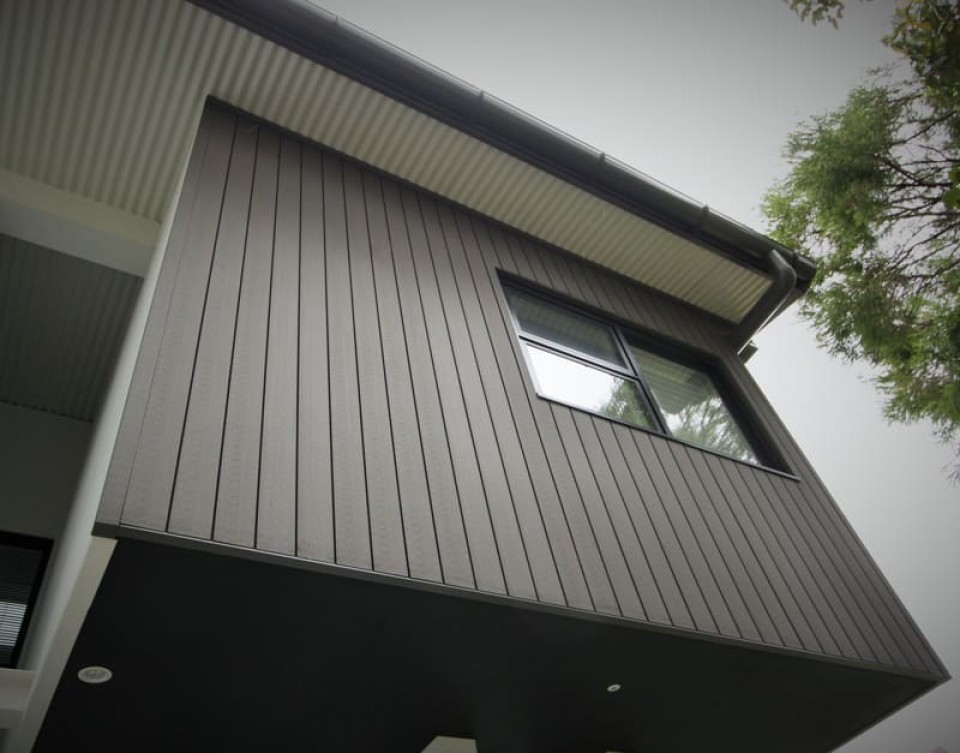
Copyright by Pinterest.com
Metal Cladding
Metal cladding or siding. A type of corrugated steel commonly used for storage warehouses. This product is very strong, durable, and long-lasting, capable of enduring for years without much maintenance. However, aesthetically, it may not be very appealing and is prone to rust. Generally, metal siding is more expensive compared to other types of siding or cladding. Nevertheless, this material is not easily decayed or eroded by weather changes.
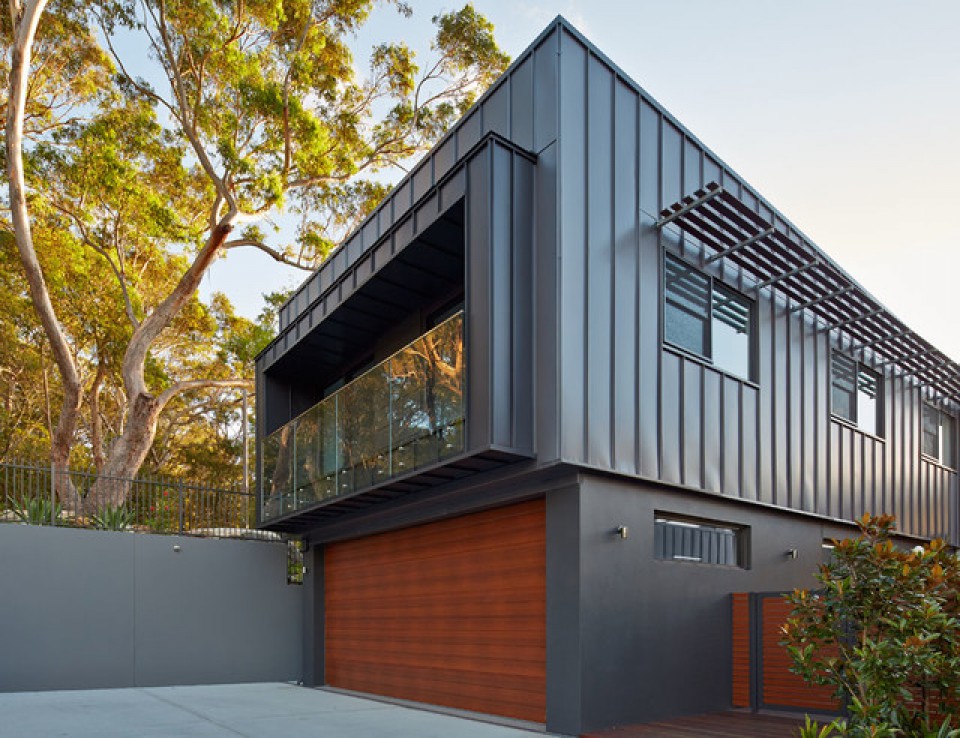
Copyright by Houzz.com
Stone Veneer
This type of cladding is considered expensive but can last for several decades without requiring complicated maintenance. Masonry veneer can consist of various types of rocks or clay arranged on the building's supporting structure. This type of cladding is also more resistant to corrosive elements from the outside because once installed, it will directly adhere to the wall, leaving no gaps. This minimizes air moisture that could damage the building's walls. Additionally, this cladding can regulate the indoor air temperature, preventing it from getting too cold or too hot.
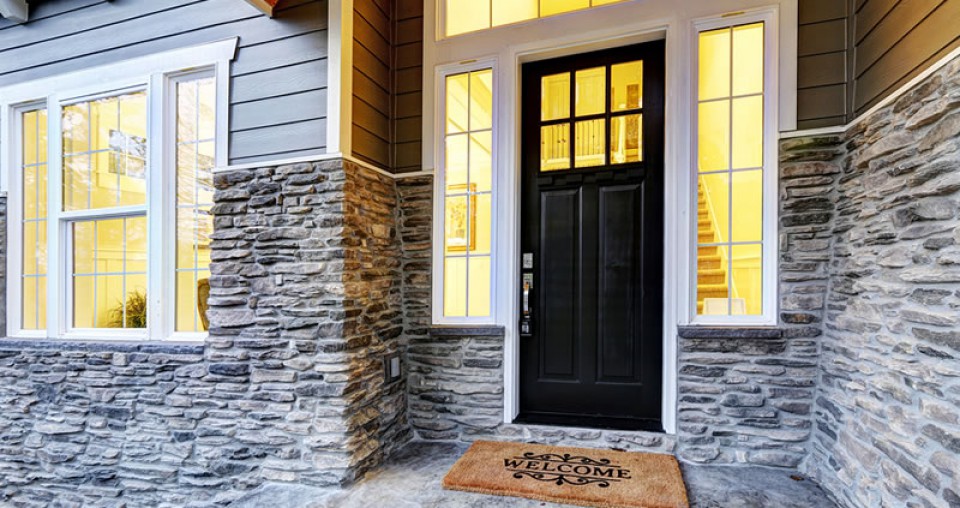
Copyright by Pinterest.com
Vinyl Cladding
As the name suggests, this cladding is made of panels made of polyvinyl chloride (PVC). The use of this type of cladding is very popular in South America. This cladding is relatively cheap and easy to cut, install, and replace as needed. It is also available in attractive color options, eliminating the need for repainting. Other advantages include thickness, durability, and ease of maintenance. However, the use of this siding is not suitable for eco-friendly homes as it is believed to emit decomposing toxins into the air, posing significant health hazards.
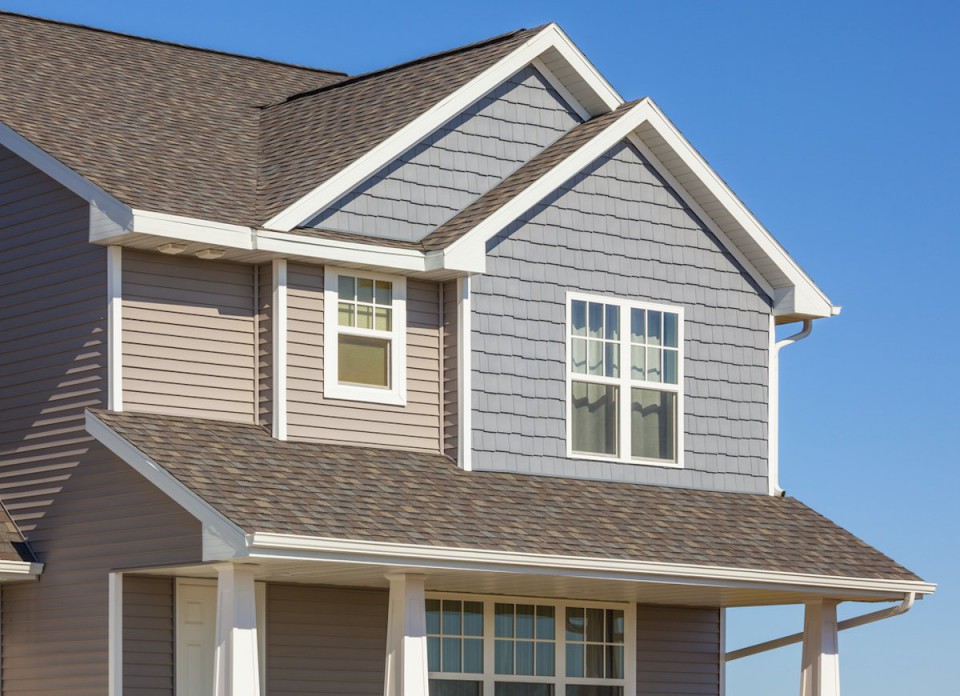
Copyright by Bobvyla.com
EIFS Cladding
Exterior Insulation and Finish Systems (EIFS) are perhaps the most popular type of cladding today, especially for non-residential buildings such as schools, offices, or commercial buildings. The material used is often referred to as similar to stucco. However, this cladding is actually made from synthetic materials. EIFS is a system made of plastic coated with material that appears to resemble stucco. With its unique texture, many are deceived into thinking that this cladding is made of natural intact rocks. However, this cladding still has a disadvantage, which is a drainage system that is not yet very efficient.

Copyright by Buildingenclosure.com
Wood Cladding
Wood cladding is more commonly used in buildings in South America. Typically, the materials used are oak, pine, and cedar wood. However, there is often an overlap in the installation of the sections, referred to as "clapboard," which gives rise to the term "clapboard house." The use of wood cladding is naturally weather-resistant, eco-friendly, and can reduce heat inside the building. Moreover, this material is quite strong and durable, although it requires more maintenance and periodic repainting.
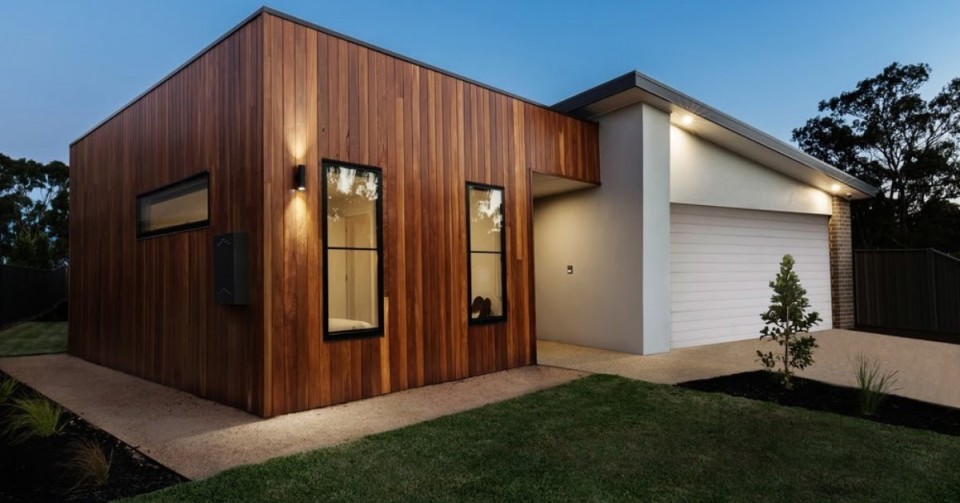
Copyright by Duffieldtimber.com
For optimal results, continue to visit Furnizing.com to upgrade your knowledge about home decoration and find inspiration for your dream home design. You can also find many other design inspirations on Furnizing.com. Happy exploring to decorate your happiness!


